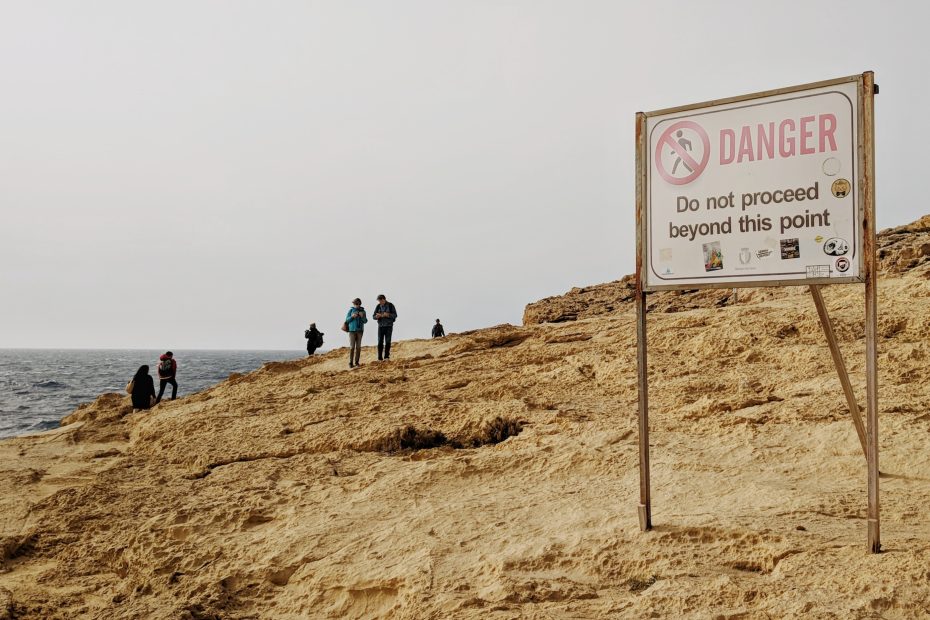Table of Contents
Introduction
The Mediterranean island nation of Malta has a long and storied history spanning over 7,000 years. Due to its strategic location between Europe and North Africa, Malta has been ruled by various ancient civilizations and European powers, from the Phoenicians to the British. This has resulted in a rich tapestry of cultural influences evident in Malta’s architecture, language, traditions, and way of life. Let’s embark on a journey through the centuries to discover Malta’s unique heritage.
Prehistoric Malta
Malta has been inhabited since approximately 5200 BC. The oldest human structures in the world can be found on the islands, dating back to the Temple Period from 4000-2500 BC. During this time, the ancient Maltese built magnificent megalithic temples like the UNESCO World Heritage Sites of Ħaġar Qim, Mnajdra, and Tarxien. The temples were built from huge limestone slabs, and their purpose remains a mystery today. The architecture and sophistication demonstrated are stunning considering they predate Stonehenge and the Egyptian pyramids.
Phoenicians, Greeks, Romans, and Arabs
Due to Malta’s prime location in the center of the Mediterranean, it was successively ruled by several ancient civilizations. The Phoenicians colonized the islands around 800-480 BC, using them as trading posts on maritime routes. In 218 BC, Malta fell under Roman rule and was known as Melita. Around 60 AD, the apostle Paul was shipwrecked on the islands, introducing Christianity. With the decline of the Roman Empire, Malta experienced raids by the Vandals and Goths. In 870 AD, the islands were conquered by the Arabs, who introduced new irrigation methods and crops.
Medieval Period
Under Arab rule, Malta flourished as a trading port. The native language developed into the unique Semitic Maltese tongue. The Arabs were expelled in 1091 by Count Roger I of Sicily, who established Norman rule. Malta was ruled by Sicily until 1530 when Emperor Charles V granted the islands to the Sovereign Military Order of the Knights of St. John.
The Knights of Malta
The Knights of St. John, known as the Knights of Malta, ruled the islands from 1530-1798. In 1565, the Ottomans laid siege to Malta in the legendary Great Siege, which the Knights eventually repelled. The Knights constructed lavish Baroque churches, palaces and fortified cities like Valletta, Malta’s capital. However, their power declined and Napoleon conquered Malta in 1798. The British evicted the French in 1800, establishing a Protectorate.
British Rule
In 1814, Malta officially became part of the British Empire under the Treaty of Paris. It became an important naval base and trading port. During World War II, Malta endured heavy bombing but withstood the Siege of Malta, which led King George VI to award the islands the George Cross for bravery. After the war, Malta began moving towards independence, finally becoming a republic in 1974.
Modern Malta
As a republic, Malta pursued neutrality and economic prosperity. It joined the EU in 2004, adopted the euro in 2008, and developed a booming tourism industry. Today, Malta is a popular holiday destination due to its mild climate, beaches, and wealth of historic sites spanning millennia. The country retains a unique culture shaped by the legacies of its diverse past rulers.
Maltese Culture
The Maltese culture reflects the islands’ ethnic fusion of European and North African/Arab influences. The national language, Maltese, is the only Semitic language written in Latin script and the only official Semitic language in the EU. Malta has vibrant traditional festivals like Carnival and village feasts dedicated to patron saints. Maltese cuisine includes Italian favorites like pasta alongside Middle Eastern influences like stuffed peppers and honeyed pastries. The islands are predominantly Roman Catholic but have diverse religious heritage.
Popular Tourist Attractions
Malta offers visitors over 7,000 years of history. Must-see sights include:
-
Valletta – Malta’s fortified capital with Baroque architecture.
-
The medieval walled city of Mdina and nearby Rabat.
-
Malta’s magnificent megalithic temples – UNESCO World Heritage Sites older than the Pyramids.
-
Beaches like Golden Bay, Għajn Tuffieħa Bay, and Blue Lagoon on Comino island.
-
Museums such as the National Museum of Archaeology and the Malta Maritime Museum.
Conclusion
From prehistoric megalithic monuments to lavish palaces and fortified cities, Malta offers an intoxicating mix of history and culture. The strategic island nation was ruled and influenced by ancient civilizations and European powers from the Phoenicians to the British, resulting in a unique blend. Valletta’s Baroque streets, Mdina’s medieval charm, and ancient cliffside temples sit alongside beaches, nightlife and modern amenities. Visitors can immerse themselves in 7,000 years of Malta’s tapestry – an unforgettable travel experience.
FAQ 1: How long has Malta been inhabited?
Malta has been inhabited since approximately 5200 BC, making it home to some of the oldest free-standing structures in the world in the form of megalithic temples dating back over 5,500 years ago.
FAQ 2: What are the major historical influences on Maltese culture?
Maltese culture has been shaped by the Phoenicians, Greeks, Romans, Byzantines, Arabs, Normans, Sicilians, Knights of St. John, French, and British – due to Malta’s strategic location and successive waves of rule. This has resulted in a fusion of European and North African/Arab cultural impacts.
FAQ 3: What languages are spoken in Malta?
The official languages are Maltese and English. Maltese is the national language, a Semitic language derived from Siculo-Arabic with significant Romance influences. English is also widely spoken, a legacy of British colonial rule from 1800 to 1964.
FAQ 4: What are some top historic sites to visit in Malta?
Top historic sites include the UNESCO megalithic temples like Hagar Qim and Mnajdra, the capital Valletta, the medieval city of Mdina, the domus romana in Rabat, St. John’s Co-Cathedral, the Cittadella in Gozo, and Fort St. Elmo.
FAQ 5: What is a unique fact about Malta’s history?
Malta was awarded the George Cross by King George VI during World War 2 for the heroism displayed by citizens during the war. The George Cross still features on the modern Maltese flag and coat of arms.
